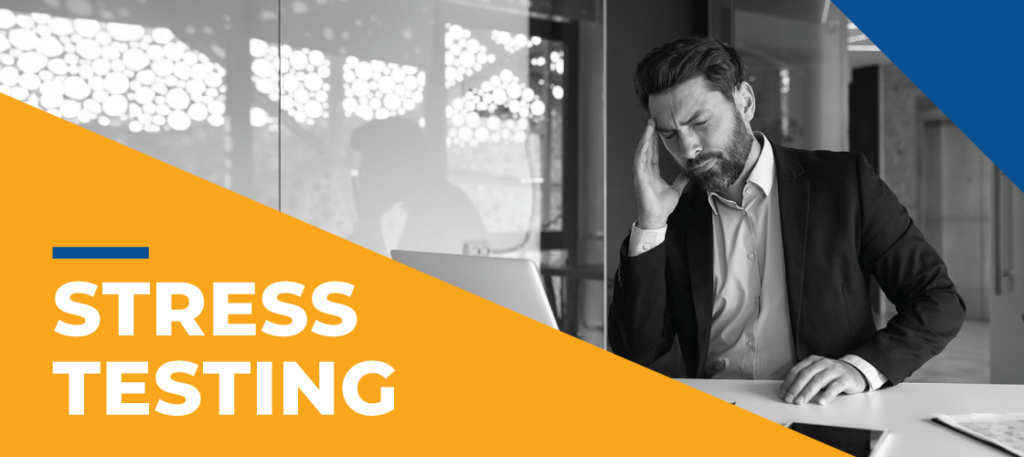Innovative thinking has been the propelling element behind the workforce of the future. While any disruption brings unpredictability and complexity, many are moving from seeing this as a temporary measure to a perpetual transformation. Twitter has announced that they will be giving their employees the choice to continue working from home on an ongoing basis or return to the office (but are cautioned that the office environment will no longer be the same, largely due to increased health and safety precautions that will need to be exercised for the foreseeable future). Barclays, JPMorgan and Amazon are some of the other companies considering the same adoption. A Gartner survey revealed that 74% of CFO’s intend to permanently move between 5 and 20% of their previously on-site workforce to remote positions post COVID-19. More and more major employers are now making the long-awaited mindset shift.
Each government has a different approach toward the pandemic, tailored to respond to the specific conditions experienced in a particular region. Thus, the date for when normalcy is expected to return continues to be extended. Self-distancing and lockdowns have imposed certain restrictions on businesses and their operating procedures. Forced to embrace the increasingly popular modus of remote working, companies are now learning of its advantages which include cost saving and increased productivity. This begs the question, “how much is an ‘office’ actually needed?”
Graeme Codrington, a founding director of TomorrowToday Global, has over 20 years’ experience with working from home. Codrington believes that working from home has increased benefits, obvious flexibility and that it can be less disruptive if well planned. He highlights that the error often made in our attempts to work from home is in our effort to emulate the office environment at home. Instead of enforcing strict working hours, we can enjoy a reimagined workspace that is focused on deliverables.
So, what is workplace etiquette going to look like in the future, post lockdown? If you have a brick and mortar office space, what function will it provide? Many organisations continue to demonstrate that they can accommodate and support a remote workforce. The drastic changes that initially took place as our response to a crisis have quickly transformed societal behaviour. People are becoming more accustomed to the new normal and familiarising themselves with working online, acclimatising to the nuances of virtual workplaces. In the past, many employers ascribed to the popular notion that employees need to be in the office to obtain maximum productivity. This is seemingly becoming recognised as impractical as many explore conducting day-to-day business operations and collaboration within a digital space. Now, the need for the dynamic manager rises as the rules for efficiency are changing.
However, for some, returning to the office will gradually begin. This may be by personal choice or a necessity for business continuity. The transition will not be an easy one as restrictive protocols may be enforced as the ‘new normal’ operating environment. The regulations may include uncomfortable measures such as wearing a mask, the ongoing practice of social distancing, daily temperature screening, regular and extensive cleaning, sanitising, disinfection procedures and reduced or alternating building occupancy. This cautious routine may need to continue for a significant but undetermined amount of time, remaining cost-heavy and time consuming.
While it is unlikely that the typical office space will be completely discarded, it is anticipated that a hybrid between remote and on-site working will find greater prominence. It is still experimental territory but one thing is already apparent, the future of workplaces and workspaces requires flexibility like never before.











